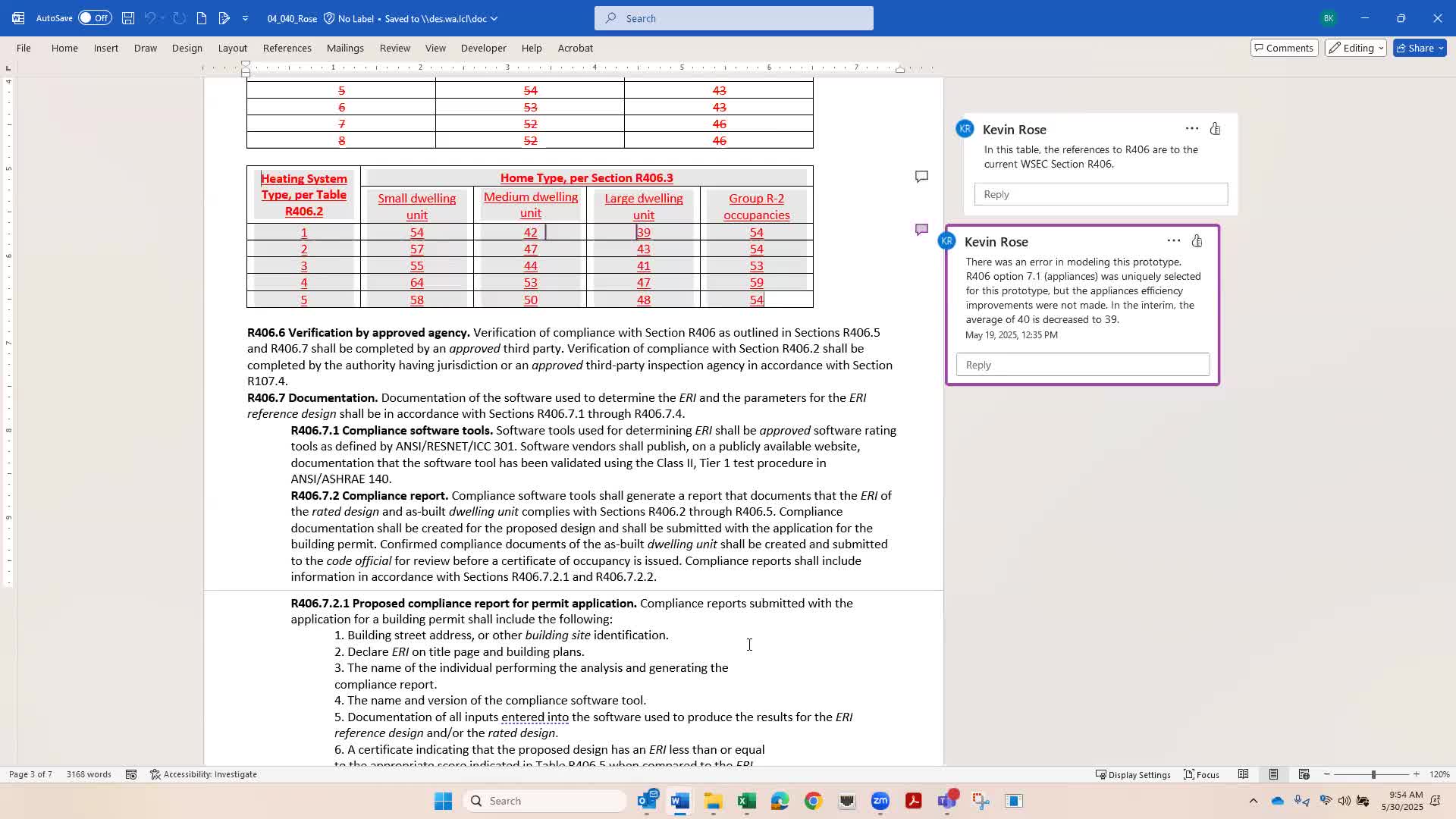Council seeks clarity on 70% energy reduction goal for heating systems
June 01, 2025 | Building Code Council, Governor's Office - Boards & Commissions, Executive, Washington
This article was created by AI summarizing key points discussed. AI makes mistakes, so for full details and context, please refer to the video of the full meeting. Please report any errors so we can fix them. Report an error »

In a recent meeting of the Building Code Council, members gathered to discuss critical clarifications regarding energy use standards that could significantly impact construction practices in Washington. The atmosphere was charged with urgency as council members emphasized the need for clear definitions surrounding the 70% energy reduction target set for builders.
Larry, a key participant in the discussion, raised concerns about the ambiguity of the 70% benchmark. He pointed out that without a clear understanding of what this percentage entails, builders may struggle to comply with regulations. "We need clarification this year on what is meant by the 70%," he urged, highlighting the importance of aligning current energy use with historical data from February 2006.
The council has directed technical advisory groups (TAGs) to focus on site energy uses, ensuring that energy consumption metrics, such as BTUs and kilowatt-hours, can be accurately compared. This approach aims to create a unified baseline for energy use, allowing for a straightforward assessment of reductions. However, the conversation revealed a complex landscape where different heating methods—such as gas versus electric systems—could lead to varying interpretations of compliance.
Tom, another council member, echoed Larry's sentiments, emphasizing the need to consider the specific energy sources used by builders in the past. He noted that if a builder primarily utilized heat pumps and electric furnaces in 2006, they would need to achieve a 70% reduction based on that historical usage. This nuanced understanding is crucial for ensuring that builders can meet the new standards without facing undue challenges.
As the meeting concluded, it was clear that the council's discussions would pave the way for more precise guidelines in the coming months. The implications of these clarifications extend beyond mere compliance; they represent a significant step toward more sustainable building practices in Washington. With the clock ticking, stakeholders are eager to see how these discussions will translate into actionable policies that support energy efficiency and environmental responsibility.
Larry, a key participant in the discussion, raised concerns about the ambiguity of the 70% benchmark. He pointed out that without a clear understanding of what this percentage entails, builders may struggle to comply with regulations. "We need clarification this year on what is meant by the 70%," he urged, highlighting the importance of aligning current energy use with historical data from February 2006.
The council has directed technical advisory groups (TAGs) to focus on site energy uses, ensuring that energy consumption metrics, such as BTUs and kilowatt-hours, can be accurately compared. This approach aims to create a unified baseline for energy use, allowing for a straightforward assessment of reductions. However, the conversation revealed a complex landscape where different heating methods—such as gas versus electric systems—could lead to varying interpretations of compliance.
Tom, another council member, echoed Larry's sentiments, emphasizing the need to consider the specific energy sources used by builders in the past. He noted that if a builder primarily utilized heat pumps and electric furnaces in 2006, they would need to achieve a 70% reduction based on that historical usage. This nuanced understanding is crucial for ensuring that builders can meet the new standards without facing undue challenges.
As the meeting concluded, it was clear that the council's discussions would pave the way for more precise guidelines in the coming months. The implications of these clarifications extend beyond mere compliance; they represent a significant step toward more sustainable building practices in Washington. With the clock ticking, stakeholders are eager to see how these discussions will translate into actionable policies that support energy efficiency and environmental responsibility.
View full meeting
This article is based on a recent meeting—watch the full video and explore the complete transcript for deeper insights into the discussion.
View full meeting
